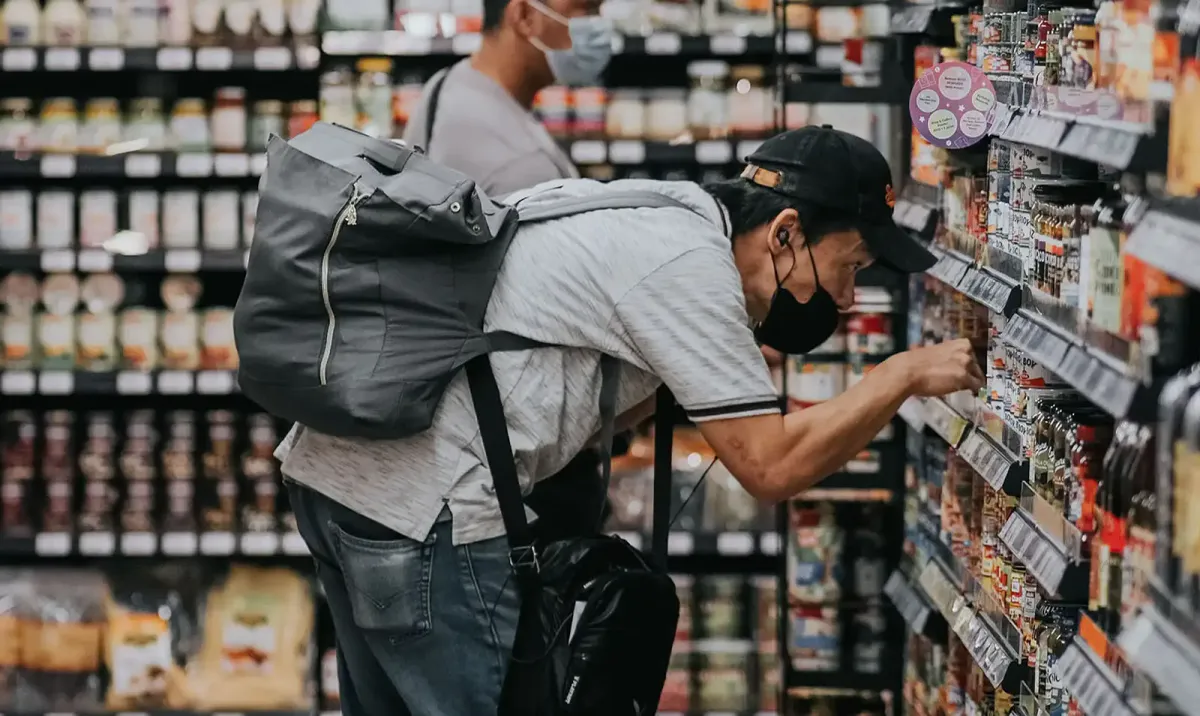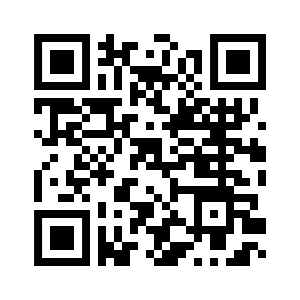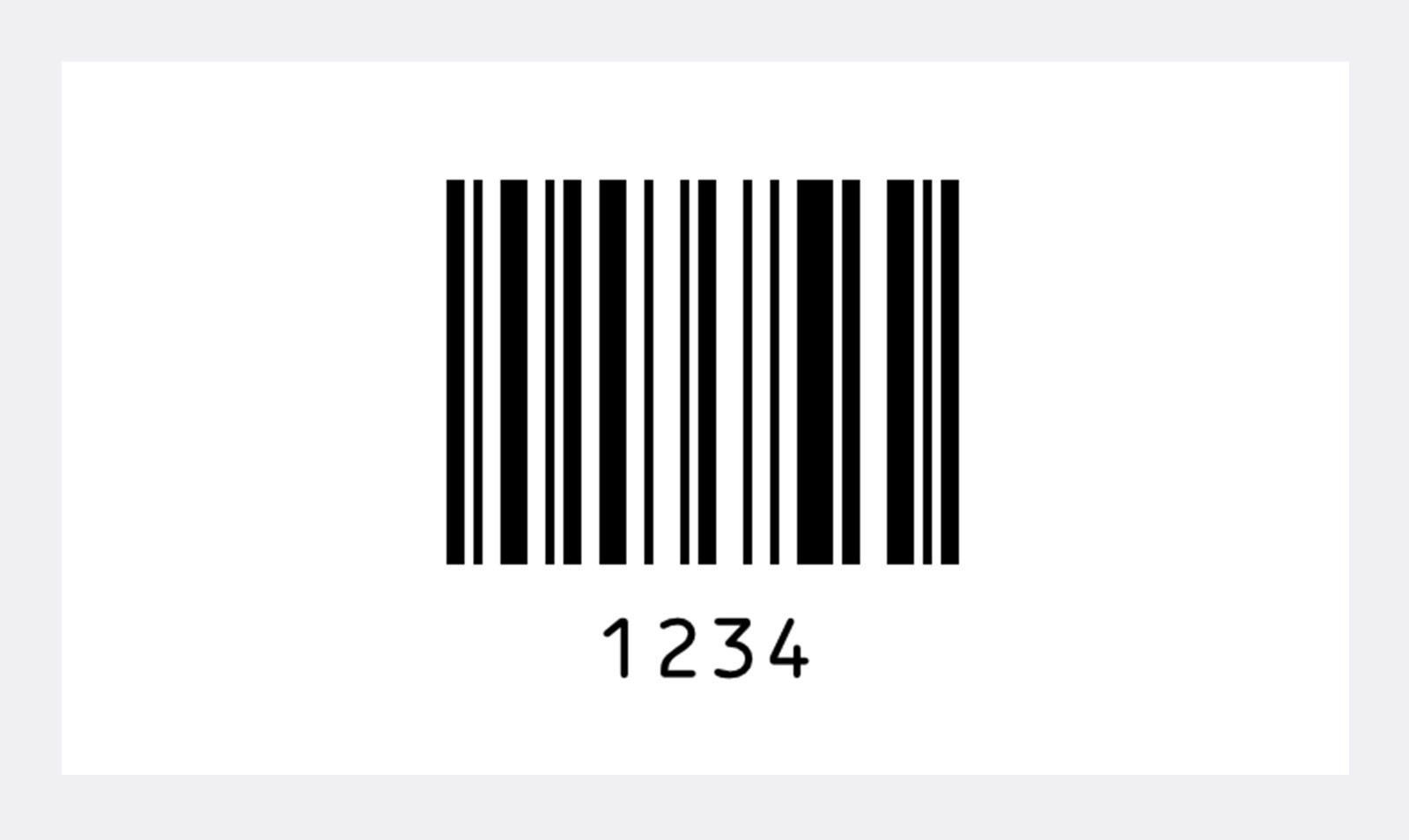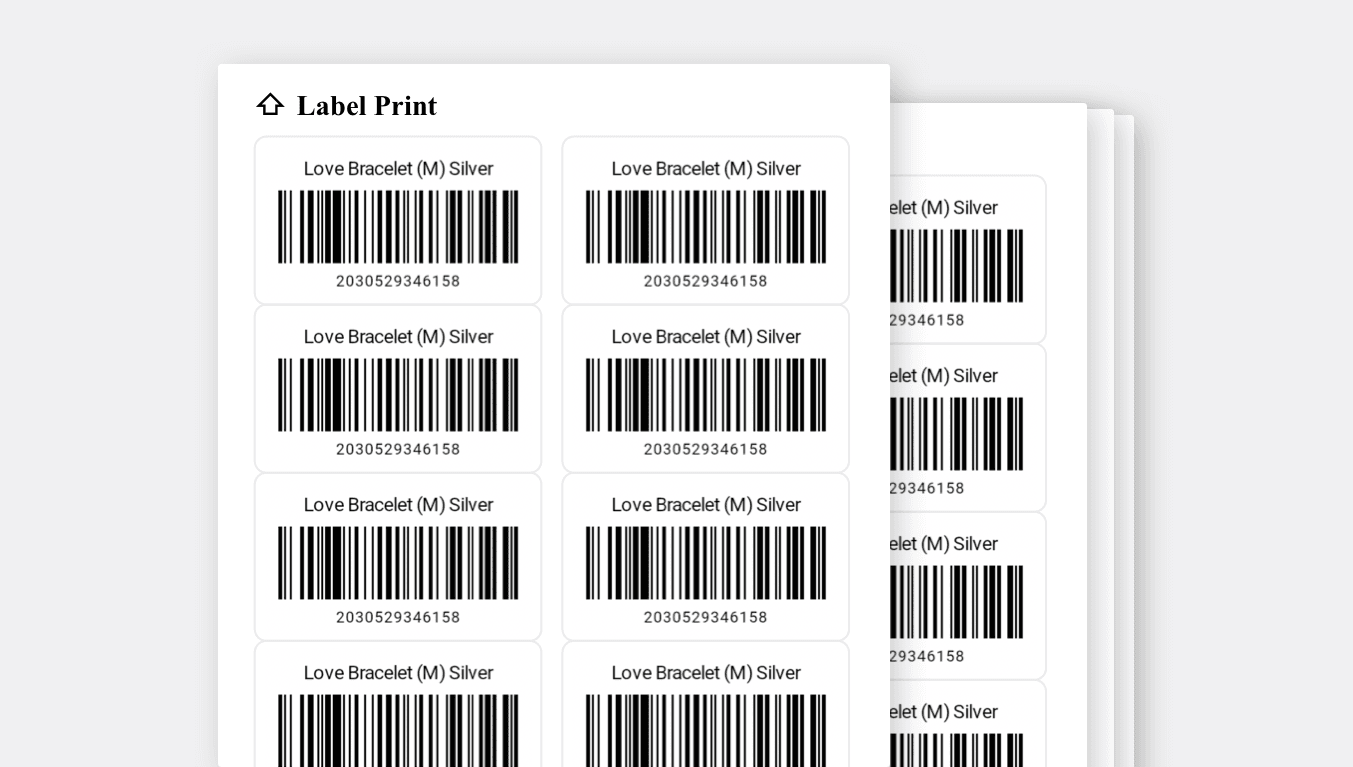How Barcodes Work and How to Make Them

Why Use Barcodes?
Why do store cashiers scan barcodes? When looking at it from a business standpoint, the reason is 'efficiency.' Employees need to process transactions quickly and items tend to pile up at the checkout counter. Attaching a barcode to a product saves workers' time from having to register items one by one.
Without barcodes, the cashier needs to manually count items while inputting their prices into the POS (Point of Sales) system. Considering that supermarkets and convenience stores often hold up to thousands of products, remembering all of the product details would be next to impossible and counter productive.
Barcodes not only contain product information, but it also enables transactions on a POS system. Many businesses use POS systems to sell products to their customers. POS systems not only quickly process payments and transactions but also gathers releavant information on product sales for inventory management, which is aided by the use of barcodes.

If you are having trouble with tracking inventory and analyzing sales trends, let an inventory management system do it for you. It's a one stop shop for all of your inventory management needs, from generating barcodes to analyzing sales trends.
How Barcodes Work
Barcode is just a set of numbers (and sometimes letters) that provide unique identifiers for each product. The numbers themselves does not represent anything unless there is a specific value in your database that corresponds to the identifier. In practice, barcode scanners shine a light that reads the black and white lines, signifying 0's and 1's. While black lines absorb light, white lines will reflect back the scanner's light. The reflected or non-reflected patterns create a binary code that refers to the unique number of the product.
Since 1D (UPC, code128, etc) and 2D (QR codes, etc) barcodes are a unique identifier for your inventory, you can create any combination of numbers (and letters) to refer to your product, as long as it is recorded in your database. Code 128 can use any string of numbers or letters but typically business will use 12 digit numbers for barcodes and will print that number on the bottom just in case there are any complications.
For the 12 digit format, the numbers represent:
- First Digit: Product type. If carrying multiple product types, there can be variations.
- Next five digits: Manufacturer's Code which the makers or distributors will provide a unique code for
- Next five digits (2): Product Code unique to the specific product in reference.
- Final Digit: Check Number, a computed number that is used to verify the composition of the prior numbers.
A 2D barcode or QR code function a little differently but provide essentially the same information. Using various patterns or shapes, a 2D code can contain a large combination of numbers in the code and can be read either vertically or horizontally, thus 2D. A 2D code can encompass a variety of information; alphanumeric digits, pictures, websites, voices, and other binary data files can be read with many kinds of scanners.
If there is no need to create such a complex system of numbers, designating any number is fine as long as it is unique within your database. For example, if you own a bakery with a 100 different kinds of bread, you can randomly generate a barcode number from 1 to 100 for each bread type. The corresponding breads can then be brought up to the counter and scanned individually to extract the correct total due.
How to make your own Barcodes
Many barcode generating printers exist on the market. On BoxHero, a class-leading inventory management software system, you can easily generate barcodes even if your products do not have one. Items such as handmade products usually do not have a barcode attached and would require the creator to designate barcodes in order to keep track of inventory and sales.

Print your Barcode Labels
BoxHero allows you to print barcodes in a quick and easy fashion. Generate and print barcodes in less than a minute with BoxHero's 'Print Label' menu. BoxHero provides various barcode templates with customizations and you can input any text information you wish to include.
Create your own barcodes now by entering the information in BoxHero's Label Print feature.
In BoxHero, you can print from both thermal and general printers (inkjet, laser). If using a general printer, simply purchase an A4 sticker paper with the amount of labels required and print your customized label right from the BoxHero app.

Track Your Inventory With Barcodes
Almost all industries - retail, medical, and manufacturing - utilize barcodes to manage their items. Moving, organizing, locating, shipping, and looking up status are made possible by scanning and finding the product's unique code. Products with a barcode can be scanned using a hand-held device (i.e. cellphone) and synchronized with an inventory management software in real-time. Utilizing barcodes allows you to track several items at once without needing to manually enter numbers or log any changes in inventory by hand.
Barcodes also help provide data to develop strategies for seasonal sales cycles. From a product's barcode, which acts as a unique identifier, a business can predict trends and discern when certain items will have an uptick in sales. From there, businesses can time when they want to order extra products in order to avoid stock outs and minimize their inventory holding costs.
Find the software that is the right fit for your business and be wise in choosing the right solution for your company to save money and time. Start now and streamline your workflow immediately.


